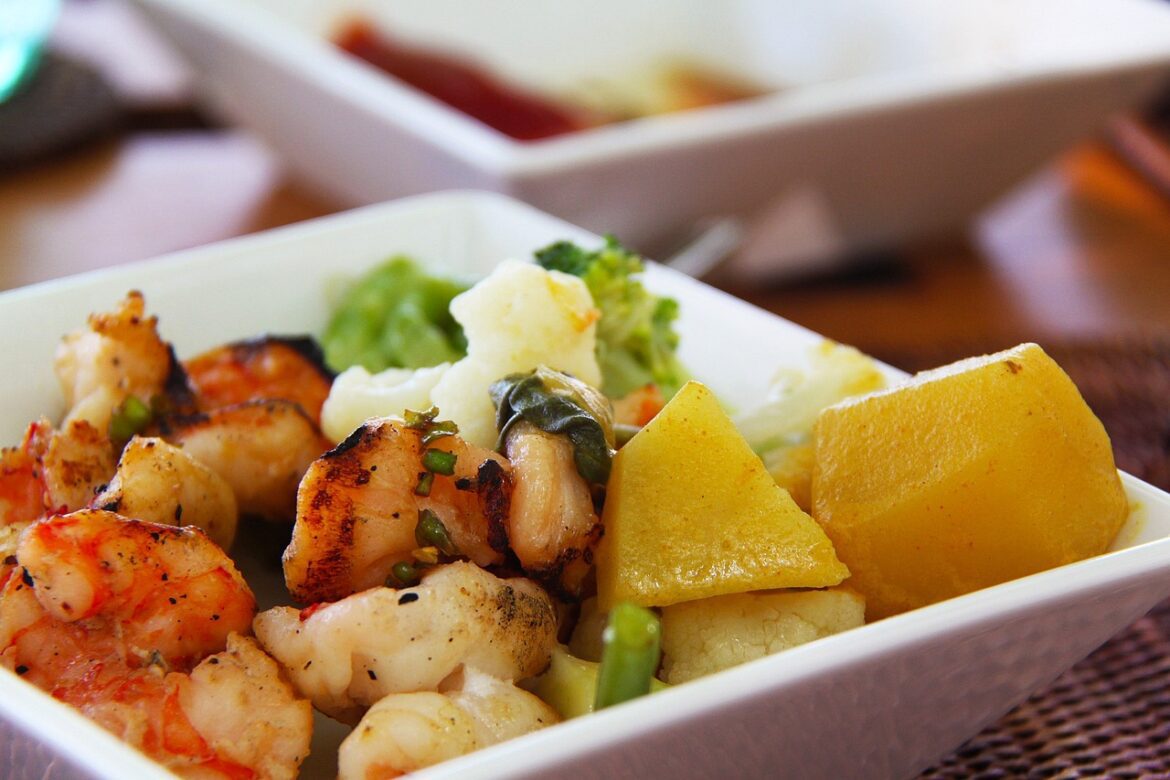When one thinks of the Maldives, images of pristine beaches, blue waters, and lavish resorts often come to mind. Beyond the sun-kissed resorts, though, there is a bustling street food culture just waiting to be discovered. Maldivian street food reflects the country’s many cultural influences. In this post, we will take you on a scrumptious trip around the streets of the Maldives, exploring the various flavours, aromas, and experiences that await food lovers.
Hedhikaa: Maldivian Savory Snacks
As you wander through the crowded streets of Malé, the capital city, the tantalising aroma of hedhikaa, Maldivian savoury appetisers, will entice your senses. Hedhikaa kiosks serve a variety of deep-fried or baked delights perfect for a quick snack or light dinner. Some popular hedhikaa options include:
Bajiya: Crispy deep-fried snacks filled with fish, vegetables, or meat.
Gulha: Miniature stuffed dumplings with smoked fish, onions, and spices.
Keemia: Crispy fried spring rolls stuffed with fish, onions, and grated coconut.
Rihaakuru: The Essence of Maldivian Cuisine
Rihaakuru, a thick and savoury fish paste, is a Maldivian culinary staple. Because it is created from cooked and fermented tuna, it is often used as a base for curries, soups, and dips. Those wishing for a truly Maldivian experience should try rihaakuru. Rihaakuru vendors, as well as other spices and condiments, can be found in local markets and food bazaars, providing a glimpse into the heart of Maldivian cuisine.
Mashuni: A Breakfast Favourite
Start your day like a Maldivian with a large plate of mashuni. In this traditional breakfast dish, shredded smoked tuna is combined with grated coconut, onions, lime, and chilli. Traditionally, the dish is eaten with roshi, a thin flatbread. The flavour combination creates a wonderful blend of sweet, salty, and tangy overtones that will awaken your taste buds.
Huni Roshi:
A Popular Street Food: Huni roshi is a popular Maldivian flatbread made with grated coconut and wheat. Flatten the dough and cook it on a hot griddle before serving with a spicy fish or vegetable curry on the side. The simplicity of this recipe illustrates the Maldivians’ love of fresh ingredients and their ability to create delicious dishes with minimal effort.
Conclusion:
Exploring the Maldives’ street food scene allows you to connect with local culture, taste unique flavors, and witness culinary traditions passed down through generations. From the savoury joys of hedhikaa to the relaxing warmth of masroshi, each dish tells a story and provides an insight into the heart of Maldivian cuisine. So, while you plan your trip to this exquisite destination, keep in mind to venture outside the resorts and immerse yourself in the colorful street cuisine culture that awaits you on the Maldives’ streets.

